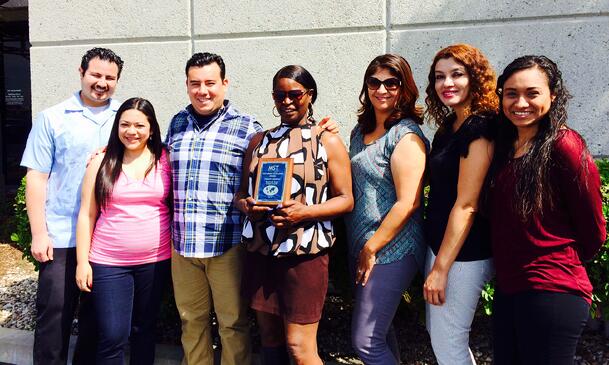On Thanksgiving, people count their good fortune for many things—small and big. You snagged the last package of fresh sage for your stuffing. The lump proved benign. Your family will make it through the blizzard and be together feasting on turkey and all the scrumptious side dishes.
Kathy has a different reason to be thankful. But let her tell it.
This story doesn’t start out with the warm and fuzzies. It starts with pain, tears, anger, worry, and frustration. It starts with a mom and a daughter on opposite sides of a deep chasm. I was convinced we’d never reach each other, and frankly, I was already giving up. I was in a place of pain. And whenever pain takes up residence in your heart, you carry it like a curse. I couldn’t figure out how we got so far apart, so fast. I felt as if I were screaming into a void.
The MST program was first suggested to me by my daughter’s middle-school counselor, but I was sure it was a lot of hype and would be of very little help. There was nothing they could tell me to do that I hadn’t already tried. How were these people going to make anything happen? And if they thought they were going criticize me, if they thought they were going to judge me, they had another thing coming. No one was going to tell me I was a bad parent. And that was that.
Meanwhile, that chasm was growing wider and wider. My daughter seemed so unreachable. It was as if I had never known her. It was heartbreaking, devastating, and hopeless. I was losing myself in the absolute sadness of it all. I cannot describe the ache that was centered in my chest. Sleepless nights. The nights I did sleep, I had nightmares. My daughter was lost in the darkness and cried for me. Me searching for her, trying to find her, waking up with tears on my cheeks. I felt like a failure as a mother. That is a gut-wrenching battle that never gets easier.


